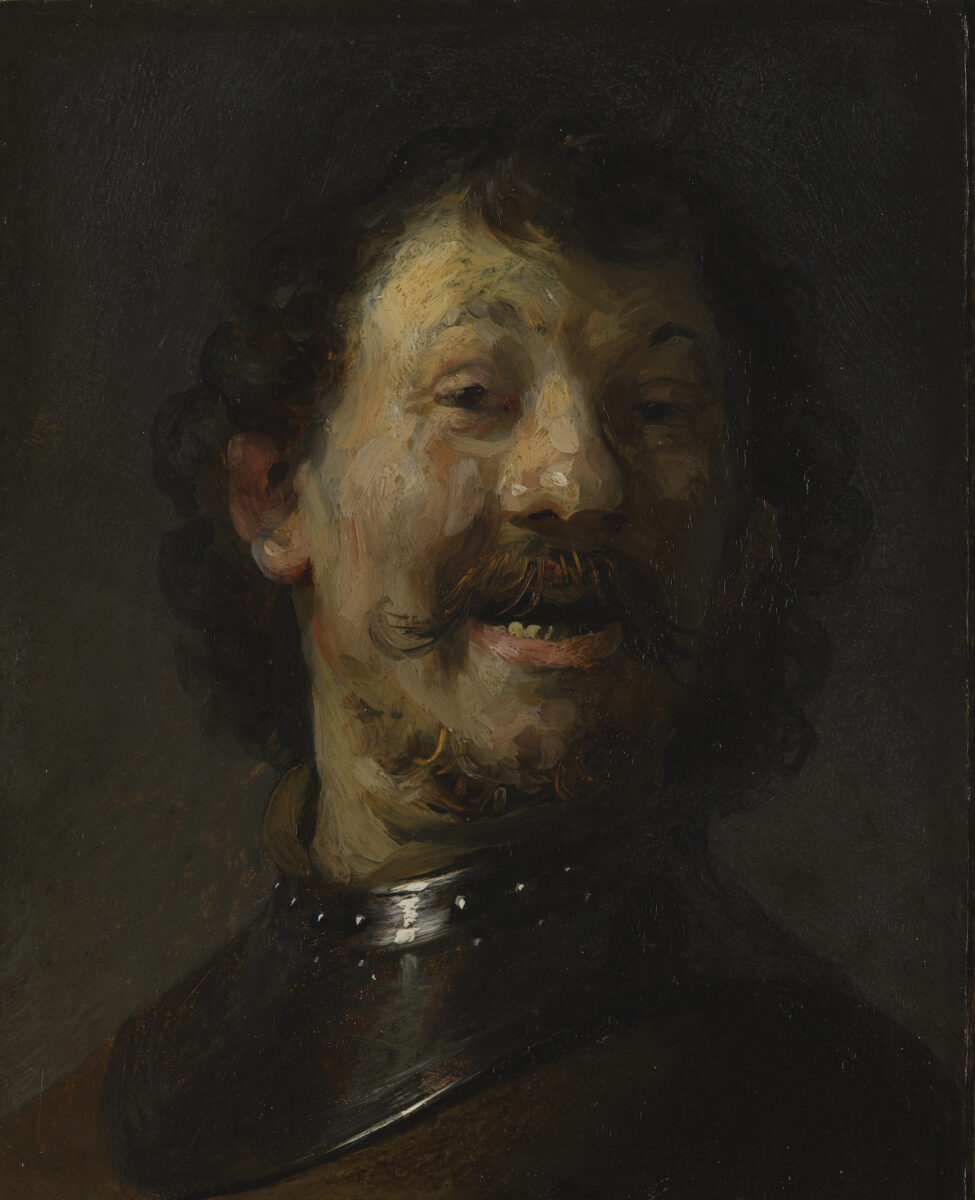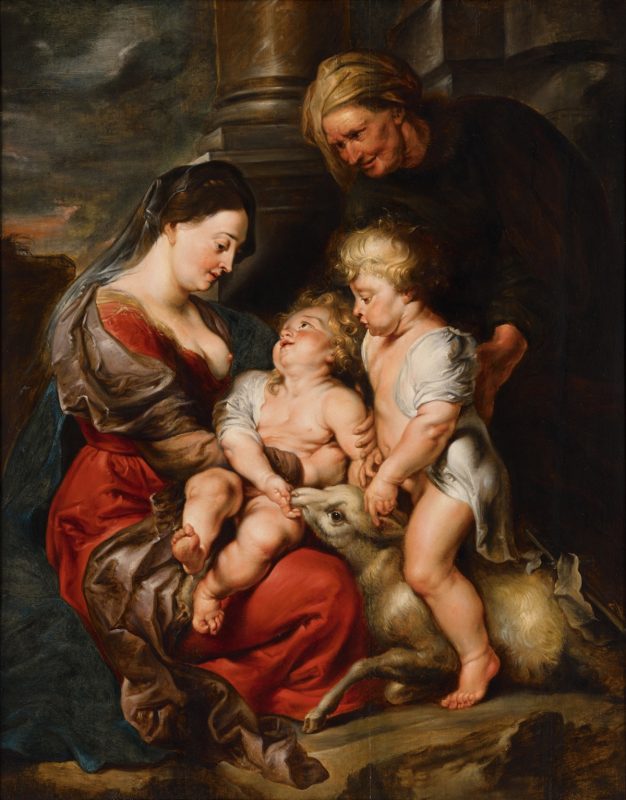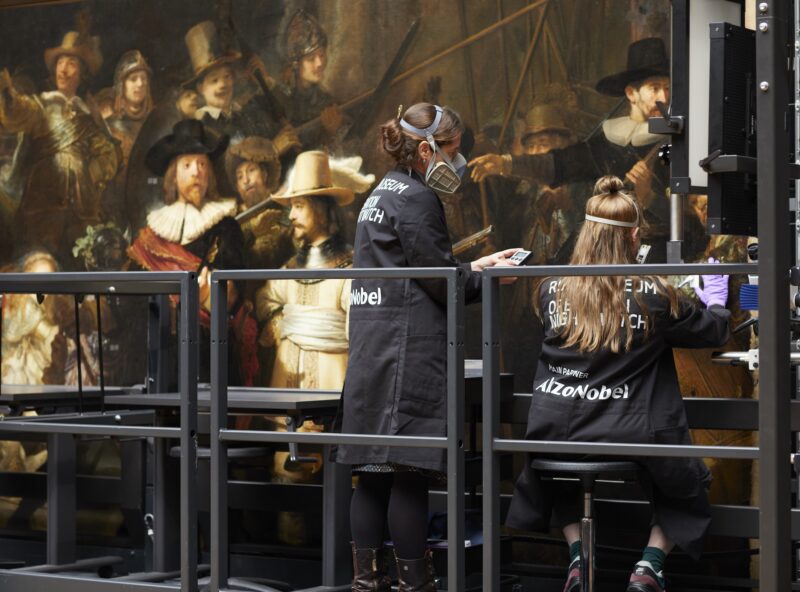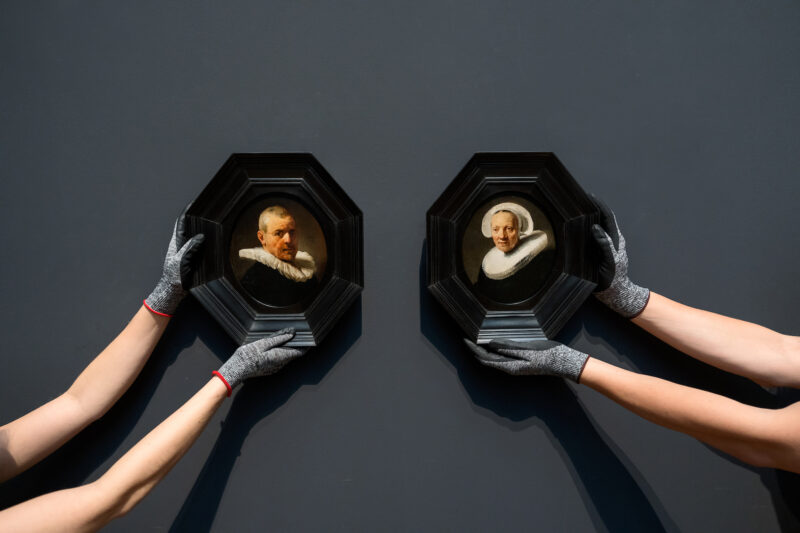
As humans, we’re evolutionarily drawn to read the faces of others. We scan for eyebrows that lift or furrow; we look out for side eyes, wry smiles, smirks and eye rolls. We hate ambiguity (see Mona Lisa’s smile). We also hate it when someone turns their nose up at us (where the idea of being ‘stuck up’ comes from).
Facial expressions, by nature, are ephemeral flashes of emotion. They’re millions of micro-expressions combined, tugging and slacking cords of musculature across the face, like ropes tugging behind a theatre set that, before you can begin to articulate what just happened, it’s all over within seconds.
Over the centuries, we’ve hopelessly tried to wrangle this transient process into words, images, and symbols. Today we try to whittle down even the most sophisticated of facial expressions into a series of crude shapes and lines with the emoji — but still, year after year, some emojis get dropped, new iterations are added. We’re never quite at ease that we’ve nailed it.
Early 20th-century art historian Max Friedländer once shared a story of a bank official, who insisted that German banknotes should retain a portrait head in their design. Nothing, he said, was harder for the forger to imitate than precisely the right expression. It was the quickest way of discovering the note that was an obvious fake.
This tireless pursuit of depicting facial expression is the subject of the Turning Heads exhibition, currently on at The National Gallery of Ireland in Dublin, which considers perhaps one of its earliest iterations before emojis — the art of tronies.
Tronies are not portraits. They’re not head studies either. They tend to be smaller, more intimate studies of heads in expression, which try to get at the essence of an emotion. The sitter’s identity is resolutely irrelevant; it’s the face that is the subject. But the artist will always work with a live model.
Bringing over 78 works together, including works like Johannes Vermeer’s Girl with the Red Hat (c.1669), as well as pieces by Rubens, Rembrandt, and Dürer, the exhibition explores tronies across the 16th and 17th Centuries by Dutch and Flemish artists — a time when they were especially sought after.
You don’t need to be familiar with this historical period to get something out of this show. If anything, Turning Heads is a surprising investigation into how universal human expression really has been. Humans have been pulling faces for hundreds of years (see Adriaen Brouer’s Youth Making a Face (c.1632-1635)). Same with making a mischievous face (see Antony Van Dyck’s Study of a Child’s Head (after 1622)). And because there tends to be a neutral, dark backdrop on most of these works, they really cut through time and have a startling, confronting directness.
There’s another thing you see in this show that’s a rarity in the art historical canon: teeth. Crooked teeth especially. Rembrandt’s joyful The Laughing Man (c. 1629-1630), on display, is a case in point. Another is lined, scrunched, and wrinkled faces, or faces in shadow — usually, patron-lead commissions throw the individual’s faces into the sharp relief of light, so that their identity is known for posterity, but here, large swaths of gauzy shadows submerge many of the faces. Necks strain in awkward ways. You also get details, like the eye tag on Head of a Woman, Facing Left, by Monogrammist I.S (1630s), or the oorijer ‘ear iron’ in Rembrandt Van Rijn’s Study of Woman in a White Cap (1632), details that would have otherwise escaped the art historical canon had it not been for the tronies.
The point of the show isn’t to show how facial expression was perfected back from the Dutch Golden Age, it’s more about how as humans we’ll never not be fascinated by it. We’ll always try to depict and understand what exactly the face is saying, and being able to witness the ways we’ve tried to record it across history, gives us fresh ways to connect with the past.
Turning Heads: Rubens Rembrandt and Vermeer- 26th May 2024, National Gallery of Ireland







